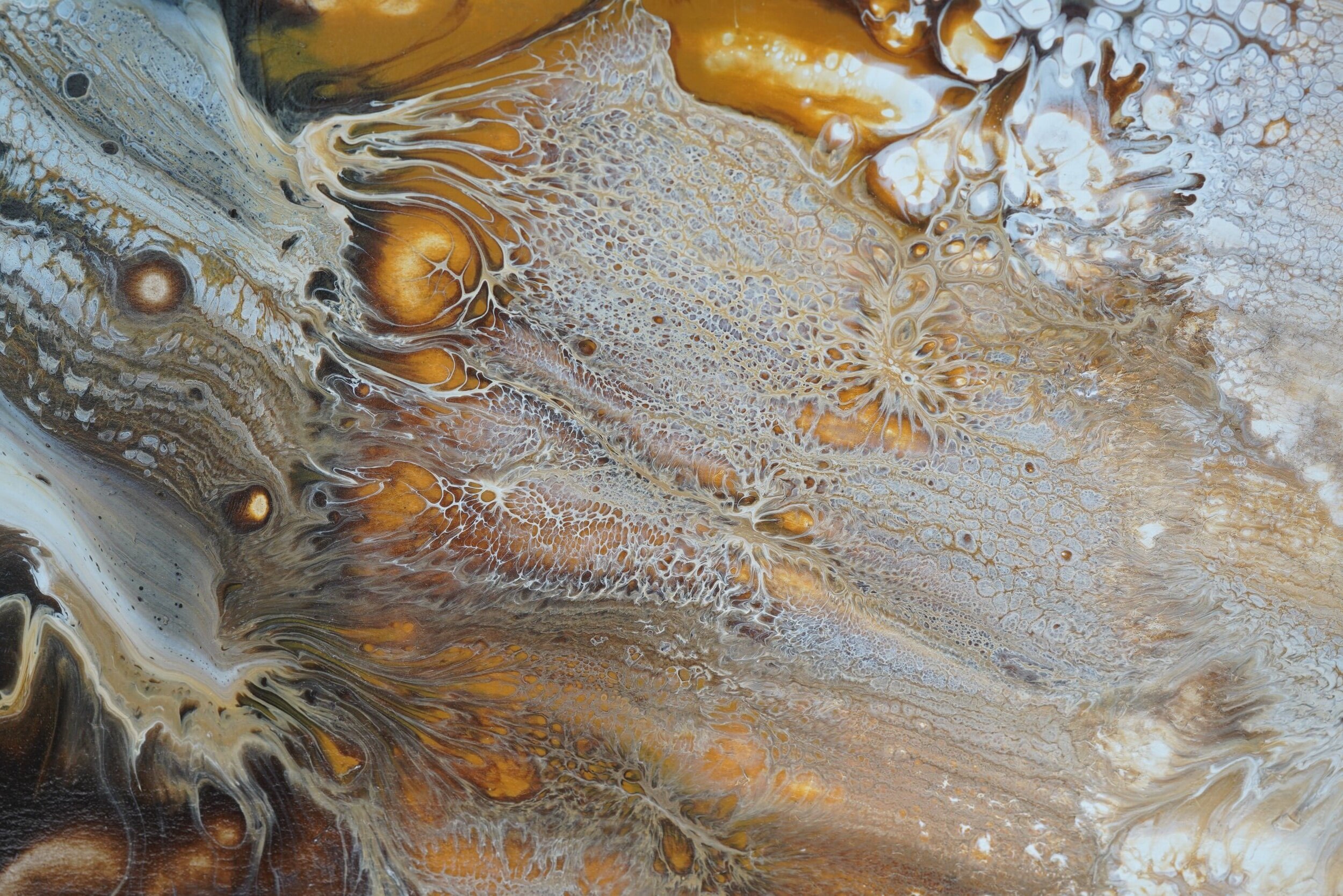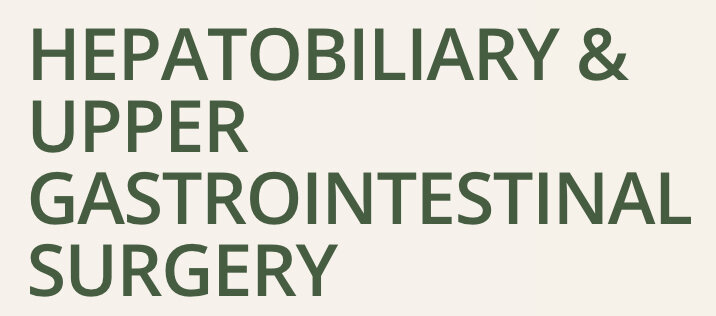
Laparoscopic Splenectomy
What is a Laparoscopic Splenectomy?
A splenectomy is the surgical removal of the spleen. People may have a splenectomy for a variety of reasons such as some blood disorders, damage or growths to the spleen.
What purpose does the spleen serve?
The spleen is located on the left side of the abdomen and weighs around 200g in the average healthy adult. The spleen has two primary functions, it filters the blood and removes abnormal cells (such as old and defective red blood cells), and it makes disease-fighting components of the immune system (including antibodies and lymphocytes).
Since the spleen is involved in so many bodily functions, it is vulnerable to a wide range of disorders. However, the human body adapts well to life without this organ, so surgically removing a diseased or damaged spleen is possible without causing any serious harm to the person.
Who will need the surgery?
You may need an operation to remove your spleen, known as a splenectomy, if it's not working properly or if it's damaged, diseased or enlarged. In some situations, part of your spleen can be removed, which is called a partial splenectomy. You will be advised to have certain vaccinations before the operation. This is because removal of the spleen weakens your immune system and can make you more likely to get an infection.
What happens during the operation?
Before your operation the doctor will insert a small intra-venous cannula into your arm so that medications and fluid can be given during and after your operation.
You will be having a general anaesthetic for your operation, which means you will be asleep and not aware of what is happening around you.
The benefit of a laparoscopic procedure is that the surgeon does not need to open the body cavity, and there are smaller surgical cuts usually resulting in less pain and a decreased hospital stay.
The laparoscopic approach allows the surgeon to make a few small incisions and with the use of small telescopic cameras and long instruments they can cut the spleen away and remove it through one of the small incision sites.
For a variety of reasons the surgeon may need to convert the procedure to an open splenectomy in which a larger incision/cut on the abdomen is needed to remove the spleen.
In some cases the surgeon will insert a drain tube (thin plastic tube) into the abdominal cavity. This is to drain blood or fluid from the surgery site and will be connected to a small drainage bag.
What to expect after your operation
Activity
To help prevent you from getting a chest infection or blood clots in your legs, you will be sitting out of bed the morning after your surgery and walking short distances around the ward.
Your nurse will also be encouraging you to take regular deep breaths and perform coughs. This all helps to avoid chest infections, which potentially can occur after any general anaesthetic.
The doctor may prescribe daily or twice daily injections which slightly thin the blood to reduce the risk of blood clots forming in the body.
The nurse will fit you with some white compression stockings called TEDS, these stockings help to reduce the risk of blood clots in the legs by increasing the blood flow through the legs.
It is recommended that you do not do any heavy lifting for at approximately 4-6 weeks after laparoscopic surgery and approximately 8-12 weeks after open abdominal surgery.
Your doctor will let you know when you can return to your work or normal activities.
Please let your doctor know if you require a medical certificate.
Pain Management
It is expected that you will experience some discomfort after your operation. Your nurse will assess your pain and provide the appropriate pain medication to keep you comfortable.
It is important that you have enough pain relief so that you can walk and move around and take deep breaths with minimal discomfort after your operation.
Gentle walking and deep breathing exercises are important after an operation and reduce your risk of getting blood clots, oxygenate the body and to reduce your risk of getting a chest infection.
Wound Care
The small puncture sites from the operation will have small transparent dressings over them.
You nurse will clean the sites and change the dressings the next day after your surgery with white tapes called steri-strips.
These dressings can get wet in the shower, but make sure to pat them dry.
The steri-strips can be removed after 2-3 days and the sites do not usually require any further dressings.
You should frequently observe the puncture sites for signs or excessive bleeding or bruising or signs of infection such as heat, redness, swelling, or increased pain.
If you have had a drain tube inserted the nurse will change the dressing as needed and remove the drain tube when the doctor orders, which will usually be before you go home.
If you have an open procedure your nurse will dress the suture line appropriately and explain any further care requirements with you.
At Discharge
You will receive an outpatient appointment before going home, so that you can meet with your doctors for a check-up after your surgery
You will receive discharge medications as ordered by your doctor before you go home. You will usually be on a long term oral antibiotic to reduce the risk of infection. This will be explained by your doctor.
Your Doctor will refer you to the Victorian Spleen Registry who can provide you with an information package including a medical alert card, yearly newsletters, and reminders for yearly flu vaccination and other boosters, as well as advice including travel vaccinations.
This information is intended as a guideline only. If you have any further questions or concerns, please ask your doctor.

